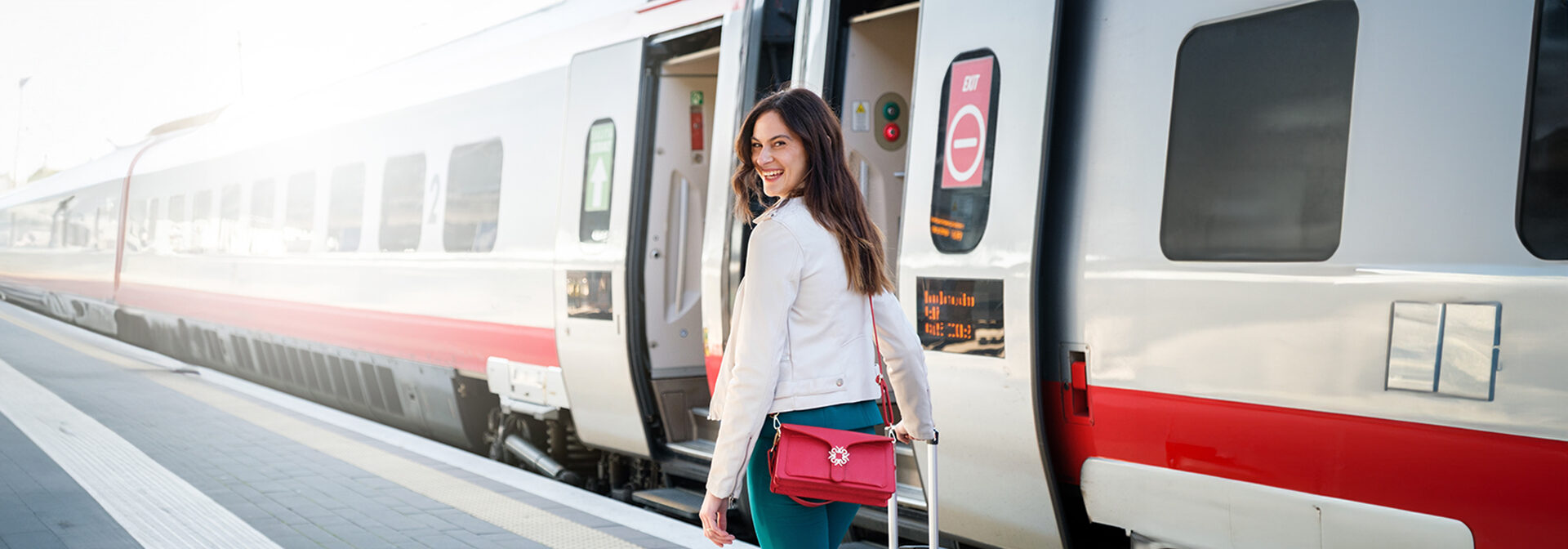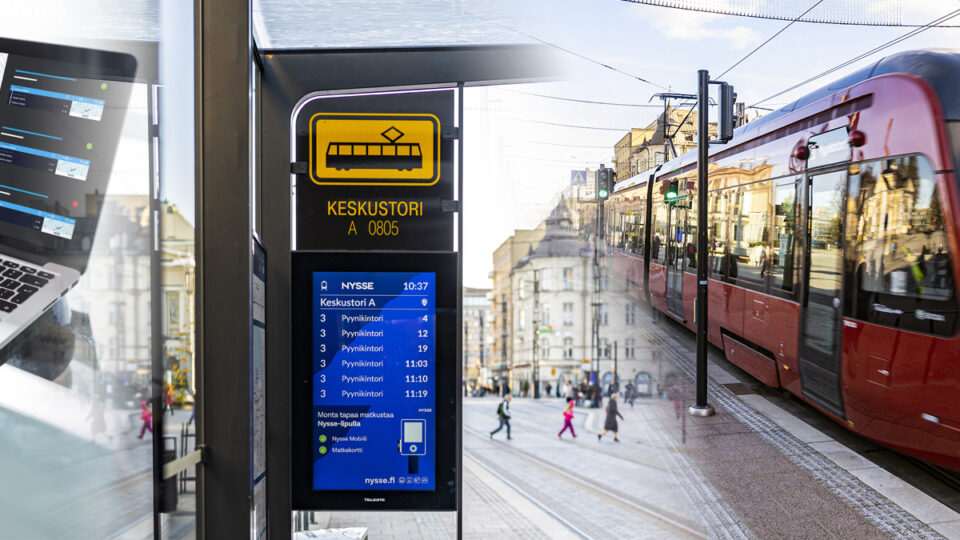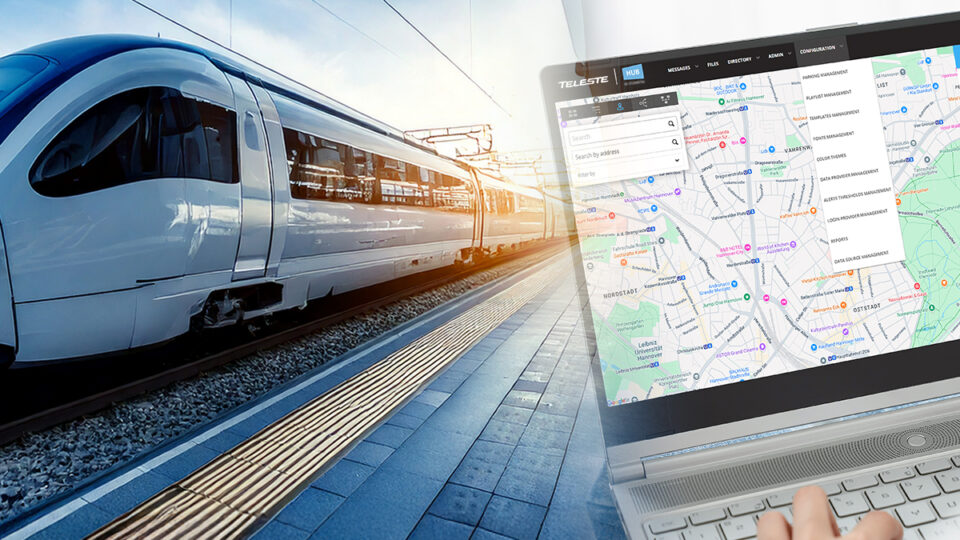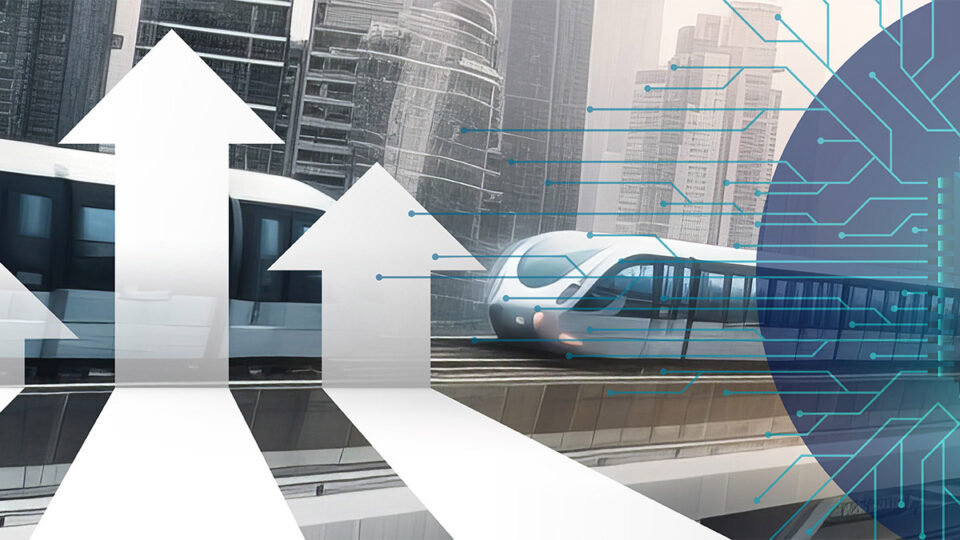
Shaping the Future of Mobility: Insights from InnoTrans 2024
InnoTrans, the world’s leading trade fair for transport technology, is at the forefront of shaping the future of mobility. The event serves as a pivotal platform for showcasing innovations and advancements that drive public transport systems forward. As urbanization accelerates and sustainability takes centre stage, the transport sector stands on the brink of significant transformation—much of which is led by public transportation solutions.
Here are my key takeaways from InnoTrans 2024, highlighting the trends and technologies that redefine the mobility landscape and chart the course for the future.
Long-lasting, reliable solutions reduce environmental impacts
Sustainability remains at the forefront of innovation in the public transport sector, empowering the industry to minimize environmental impact while enhancing service reliability and asset longevity. This approach is underpinned by three core principles: integrating low-power technologies, adopting eco-friendly materials, and optimizing maintenance strategies to extend product lifecycles.
A standout example of implementing these principles are the modern RGB LED and the solar-powered E-paper display technologies. Engineered for maximum energy efficiency, these solutions offer exceptional visibility in diverse lighting conditions. Other notable examples are efforts to modernize and refurbish existing infrastructure. These initiatives facilitate the seamless integration of cutting-edge technologies into legacy systems, ensuring that rail networks and public transit systems remain resilient, adaptable, and aligned with evolving operational requirements.
Smarter diagnostics enhance maintainability
Public transport operators are increasingly adopting remote diagnostics and management tools to optimize maintenance and minimize service interruptions. Through real-time monitoring of onboard systems, these solutions enable early fault detection and support predictive maintenance strategies. Advanced AI algorithms analyse performance data to anticipate potential issues before they occur, while robust cybersecurity measures protect the system against evolving threats, ensuring data integrity and operational safety.
This intelligent approach not only enhances system reliability but also reduces the need for costly reactive repairs. With continuous visibility into system health, operators can make informed, proactive decisions on repairs or replacements, preventing minor issues from escalating into major disruptions. Ultimately, this approach improves service quality and extends the lifespan of critical assets.
System lifecycle expands from new builds to modernisation
Train fleets are designed and built for longevity, often serving for several decades. This means that operators must balance routine maintenance with strategic modernization initiatives to keep in pace with evolving standards and rising passenger expectations throughout the years. Comprehensive lifecycle solutions support rail operators through every phase—from the construction of new trains to the refurbishment of aging fleets.
These solutions often involve upgrading critical onboard systems, such as communication networks and passenger information displays. For example, integrating high-resolution 4K TFT LCD or advanced RGB LED displays into new builds or retrofitting them into existing vehicles significantly enhances the quality and visibility of onboard communication. Such upgrades enable older trains to meet contemporary operational standards while delivering a modernized travel experience for passengers.
Smart solutions and real-time information ensure accessibility
Accessibility in public transport now extends beyond physical infrastructure to include real-time passenger information systems covering both stations and on-board. These intelligent technologies that enhance the travel experience for all users, including those with disabilities. These innovations offer more interactive and inclusive services, ensuring that everyone can navigate transit networks with ease and confidence.
Modern stations and vehicles feature smart displays, real-time updates, and voice-activated text-to-speech solutions that provide critical travel information. For example, when a train is delayed or a service change occurs, these technologies enable also passengers with visual or hearing impairments receive immediate updates, empowering them to make informed decisions and adjust their routes seamlessly.
Improved passenger experience attracts riders
One of the primary challenges for the future of mobility is transforming the passenger experience to make public transport a preferred choice over personal vehicles. Improving connectivity, comfort, and accessibility is essential for drawing more users to public transit, thereby alleviating road congestion and reducing overall emissions.
The introduction of modern amenities—such as onboard Wi-Fi and efficient real-time passenger information systems—creates a more seamless and enjoyable journey. High-quality visual displays provide not only entertainment but also clear and timely travel updates, ensuring that passengers are well-informed throughout their travel. Meanwhile, the integration of advanced CCTV and security systems fosters a safer environment, enhancing the sense of security for all riders,
By prioritizing passenger experience, transport operators can transform the perception of public transit from a basic utility to an attractive, reliable, and preferred mode of travel. The enhancements not only appeal to new passengers but also build loyalty among existing users, promoting a long-term shift toward greener and more sustainable modes of transportation.
Building better solutions for tomorrow’s mobility
At the heart of every innovation is collaboration. InnoTrans highlights the critical role of cooperation among all industry stakeholders—from manufacturers and technology providers to operators and passengers. Shaping the future of mobility demands a shared vision and the exchange of knowledge, experience, and best practices to develop comprehensive solutions that cater to the evolving needs of modern mobility.
A people-centric approach is crucial in fostering this collaboration, guiding industry players to create transport systems that are not only technologically advanced but also socially inclusive and environmentally sustainable. With the increasing integration of AI and digital technologies, ensuring robust cybersecurity measures is essential to protect sensitive data and maintain trust.
By working together, the industry can build solutions that are agile, resilient, and future proof, positioning public transport as a cornerstone of global mobility for years to come.
Pirkko Korpi
Pirkko Korpi
I’m Director of Marketing and Business Development for Teleste’s Video Security and Information business unit. I have a passion for continuous improvement of business processes and collaboration across boundaries. See my LinkedIn for more information.



